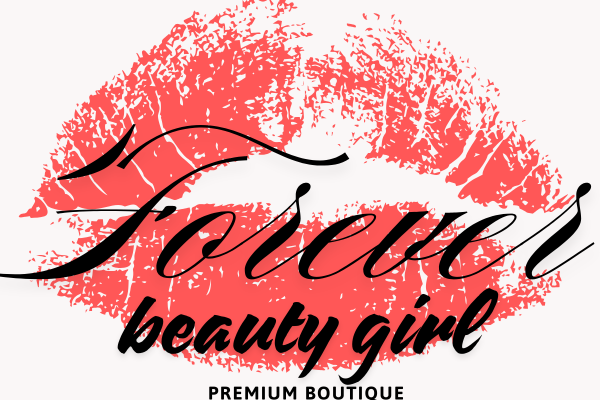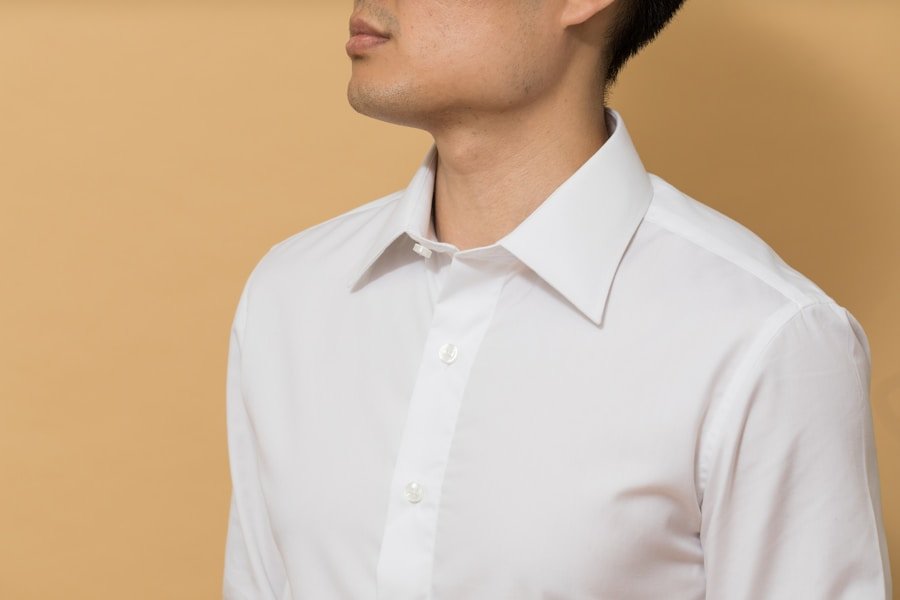Uncategorized
What to Wear to a Job Interview in 2024: Expert Advice and Trends
Job interview attire has evolved significantly over the years, reflecting changes in societal norms, fashion trends, and workplace culture. In the early 20th century, job interview attire was formal and conservative, with men typically wearing suits and ties, and women wearing dresses or skirts with blouses. This reflected the traditional and hierarchical nature of the workplace, where professionalism and conformity were highly valued. As the 1960s and 1970s brought about social and cultural revolutions, job interview attire became more relaxed and casual, reflecting the changing attitudes towards work and personal expression. In recent years, there has been a shift towards a more casual and comfortable approach to job interview attire, with many companies embracing a more relaxed dress code in the workplace. This evolution reflects a broader trend towards a more casual and inclusive work environment, where individuality and creativity are valued.
As job interview attire has evolved, so too have the expectations and norms surrounding it. While some industries still adhere to traditional dress codes, others have embraced a more casual and flexible approach to job interview attire. This reflects the changing nature of work and the increasing emphasis on creativity, innovation, and diversity in the workplace. As a result, job seekers today have more freedom to express their personal style and individuality through their interview attire, while still adhering to the expectations of professionalism and appropriateness.
Current Trends in Job Interview Fashion
In recent years, there has been a noticeable shift towards more casual and comfortable job interview attire. Many companies have relaxed their dress codes in the workplace, and this has had a direct impact on job interview fashion. While traditional business attire such as suits and ties are still appropriate for some industries, many job seekers are opting for a more casual and modern approach to interview attire. This may include tailored separates, such as a blazer with trousers or a skirt, or a dress shirt with dress pants or a skirt. For women, a well-fitted dress or blouse with tailored pants or a skirt is also a popular choice. The key is to strike a balance between professionalism and personal style, while also considering the specific industry and company culture.
Another current trend in job interview fashion is the emphasis on individuality and creativity. Many job seekers are using their interview attire as a way to showcase their personality and unique sense of style. This may include incorporating bold colors or patterns, statement accessories, or trendy pieces that reflect current fashion trends. While it’s important to make a good impression with your interview attire, it’s also important to feel comfortable and confident in what you’re wearing. This balance between professionalism and personal expression is key to making a positive impact during a job interview.
Expert Tips for Dressing for Success
When it comes to dressing for success in a job interview, there are several expert tips that can help you make a great impression. First and foremost, it’s important to research the company and industry you’re interviewing for, as this will give you valuable insight into the appropriate dress code. For example, if you’re interviewing for a corporate role in finance or law, traditional business attire such as a suit and tie is likely the best choice. On the other hand, if you’re interviewing for a creative or tech-focused role, a more casual and modern approach to interview attire may be appropriate.
Another expert tip for dressing for success in a job interview is to ensure that your attire is well-fitted and tailored to your body. Ill-fitting clothing can be distracting and give off an unprofessional impression, so it’s important to invest in pieces that fit you well and make you feel confident. Additionally, paying attention to grooming and personal hygiene is crucial when it comes to making a positive impression during a job interview. This includes ensuring that your clothing is clean and wrinkle-free, your hair is well-groomed, and your overall appearance is polished and put-together.
The Impact of Technology on Job Interview Attire
The rise of technology has had a significant impact on job interview attire in recent years. With the increasing prevalence of video interviews and virtual meetings, job seekers are now faced with the challenge of dressing appropriately for these digital interactions. While traditional business attire is still important for video interviews, there are some unique considerations to keep in mind when it comes to dressing for success in a virtual setting. For example, it’s important to consider how your clothing will appear on camera, as certain patterns or colors may not translate well on screen. Additionally, paying attention to your overall appearance, such as grooming and posture, is crucial when it comes to making a positive impression during a virtual job interview.
Another impact of technology on job interview attire is the rise of remote work and flexible work arrangements. With many companies embracing a more casual dress code in the workplace, job seekers may have more flexibility when it comes to interview attire. This may include opting for more casual and comfortable clothing for in-person interviews, or adapting their attire to reflect the specific company culture and industry norms. As technology continues to shape the way we work and interact with others, it’s important for job seekers to stay informed about current trends in job interview attire and adapt their approach accordingly.
Sustainable and Ethical Fashion in the Job Interview Setting
In recent years, there has been a growing emphasis on sustainable and ethical fashion in the job interview setting. As awareness of environmental and social issues continues to grow, many job seekers are seeking out clothing options that align with their values and beliefs. This may include choosing clothing made from sustainable materials, supporting ethical fashion brands, or opting for second-hand or vintage pieces. By incorporating sustainable and ethical fashion into their interview attire, job seekers can make a positive impact not only on the environment but also on their overall impression during a job interview.
Another aspect of sustainable and ethical fashion in the job interview setting is the emphasis on quality over quantity. Investing in well-made pieces that will stand the test of time not only reflects a commitment to sustainability but also demonstrates professionalism and attention to detail. Additionally, choosing timeless pieces that can be worn for multiple occasions can help job seekers build a versatile and sustainable wardrobe that will serve them well throughout their career.
Dress Codes Across Different Industries
Dress codes across different industries can vary significantly, reflecting the specific norms and expectations of each sector. For example, traditional business attire such as suits and ties is still common in industries such as finance, law, and consulting, where professionalism and formality are highly valued. On the other hand, industries such as tech, creative, and start-ups often embrace a more casual and relaxed approach to dress code, reflecting the innovative and dynamic nature of these fields. Understanding the specific dress code expectations of the industry you’re interviewing for is crucial when it comes to dressing for success in a job interview.
In addition to industry-specific dress codes, it’s also important to consider the specific company culture when choosing interview attire. Some companies may have a more formal or conservative dress code, while others may embrace a more casual and creative approach. Researching the company’s culture through their website, social media presence, or networking with current employees can provide valuable insight into the appropriate dress code for a job interview. By aligning your attire with the specific industry and company culture you’re interviewing for, you can make a positive impression and demonstrate your understanding of professional norms.
Navigating Cultural and Diversity Considerations in Job Interview Attire
Navigating cultural and diversity considerations in job interview attire is an important aspect of dressing for success in today’s globalized workforce. With workplaces becoming increasingly diverse and multicultural, it’s important for job seekers to be mindful of cultural norms and expectations when choosing interview attire. This may include considering appropriate dress codes for different cultural backgrounds or religious beliefs, as well as being respectful of diversity in personal style and expression.
One way to navigate cultural and diversity considerations in job interview attire is to seek out guidance from diverse sources and perspectives. This may include seeking advice from mentors or colleagues from different cultural backgrounds, or researching cultural norms and expectations through reputable sources. By demonstrating an understanding of cultural diversity through your interview attire, you can show respect for different perspectives and values while also making a positive impression during a job interview.
In conclusion, job interview attire has evolved significantly over the years, reflecting changes in societal norms, fashion trends, workplace culture, technology, sustainability, industry-specific dress codes, and cultural diversity considerations. By staying informed about current trends in job interview fashion and adapting their approach accordingly, job seekers can make a positive impression during interviews while also expressing their personal style and values. Ultimately, dressing for success in a job interview is about striking a balance between professionalism and individuality while also being mindful of industry-specific norms and cultural diversity considerations.











